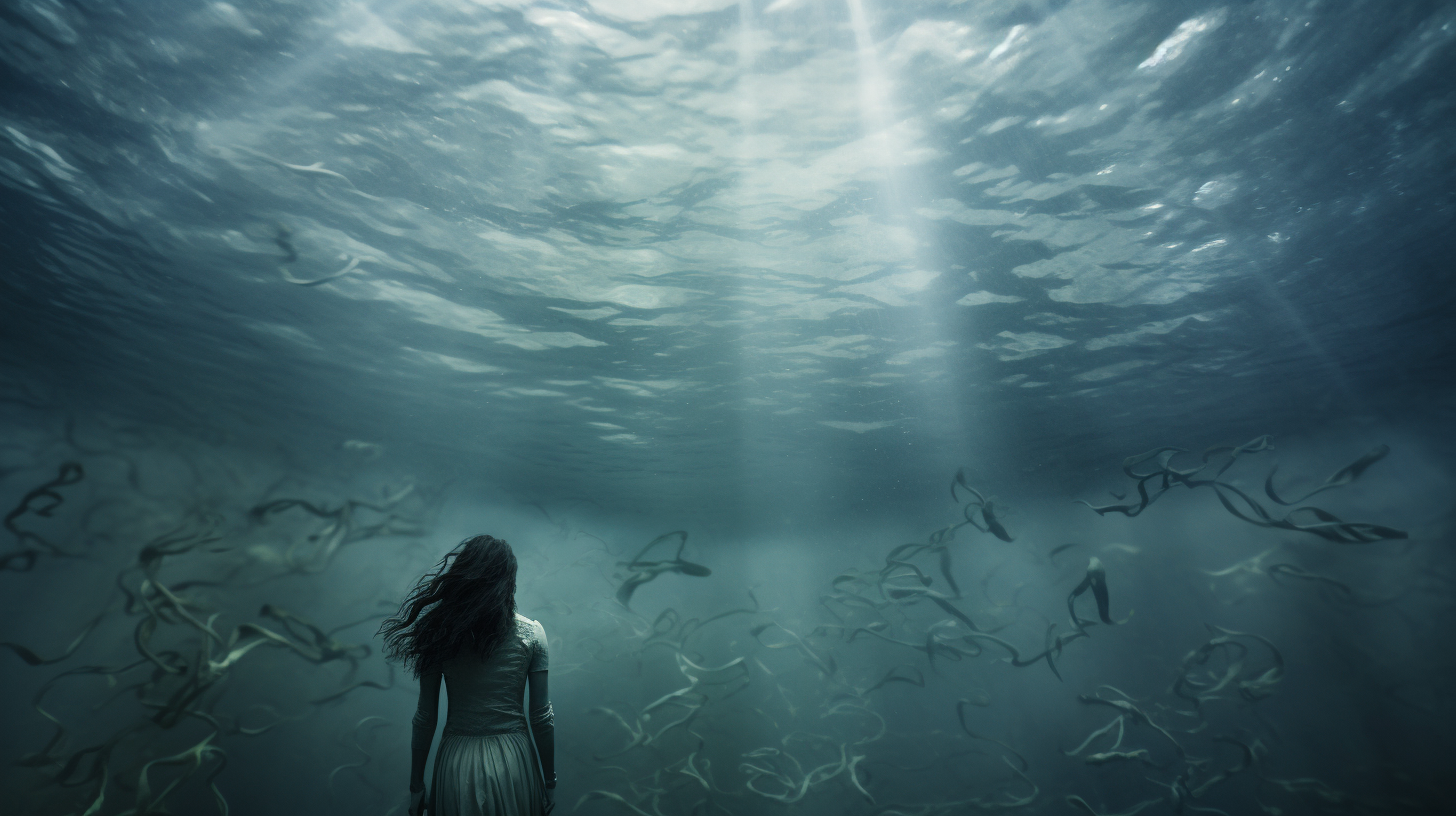They once thrived beneath the billows – myriad beings pulsing with the rhythm of the tides, painting a tableau vibrant in the blue abyss. Now, these oceanic canvases increasingly depict a starkly different scene; one where life gasps for breath in the suffocating grip of an invisible assailant: oxygen deprivation, known scientifically as anoxia.
Today’s marine environments are alarmingly anoxic, threatening to stifle the last breaths of already struggling underwater communities. As a continuation of our recent exposé ‘Beneath the Waves, Coral Graves’, which articulated the perishing of coral reefs, we now delve deeper into the undercurrents of a silent crisis ricocheting through our oceans: marine anoxia. Parasites that thrive in oxygen-poor water, scientists who pour over dire data, and the unheard whispers of marine creatures intermingle in a narrative of disturbing consequence.
Ocean anoxia isn’t a fluke of nature but the product of a multi-faceted assault. Climate change, agricultural runoff, and industrial waste have spiked the number of low-oxygen ‘dead zones’. Small-scale fishing villages and the grand tapestry of marine life alike are ensnared by this unseen but omnipresent threat — a foreboding reality check that reverberates the grim echoes of Greta Thunberg’s dire warnings.
The impacts are as diverse as they are devastating. Predatory species flee anoxic waters, leaving behind those too weak or too slow. Ecosystems turn inside out as new, often harmful, species proliferate. Biologists inform us of a jarring ‘simplification’ of marine life, a transition from the lusciously diverse to the barren and bleak.
Images of fish gasping at the surface permeate our consciousness, while experts voice their concerns over collapsing fish stocks — essential not just for ecological balance but for human sustenance. Fishermen bear witness to ever-dwindling catches, not only imperiling their livelihoods but also stranding entire communities at the edge of hunger.
So, what is to be done when it seems the die is cast? Amidst this chaos, innovation and determination find a foothold. Solutions emerge from the ashes of despair: cutting-edge aeration technologies that pump life back into the brine, marine protected areas that provide refuge in an ocean under siege, and grassroots movements that call for action.
The anemic state of our oceans compels us to confront the environmental repercussions of our actions. Yet, in the crossfire of blame and dire prognostications, the whisper of resolve grows louder as society grapples with an imperative pivot towards resilience and restoration.
We stand at a pivotal juncture, and the descent into dystopia is not yet our fate. The chronicles of our oceans’ struggles are reminiscent of an ancient mariner’s lore, forewarning a future that may yet be rewritten. For change to course through our seas, immediacy in action must match the swiftness of the waves rushing to the shore.
Tomorrow remains unwritten, and as we navigate through the currents of time, may our collective efforts ensure that the oceans never again gasp for air, and the symphony of marine life prevails in a reinvigorated sea of blue hope.
